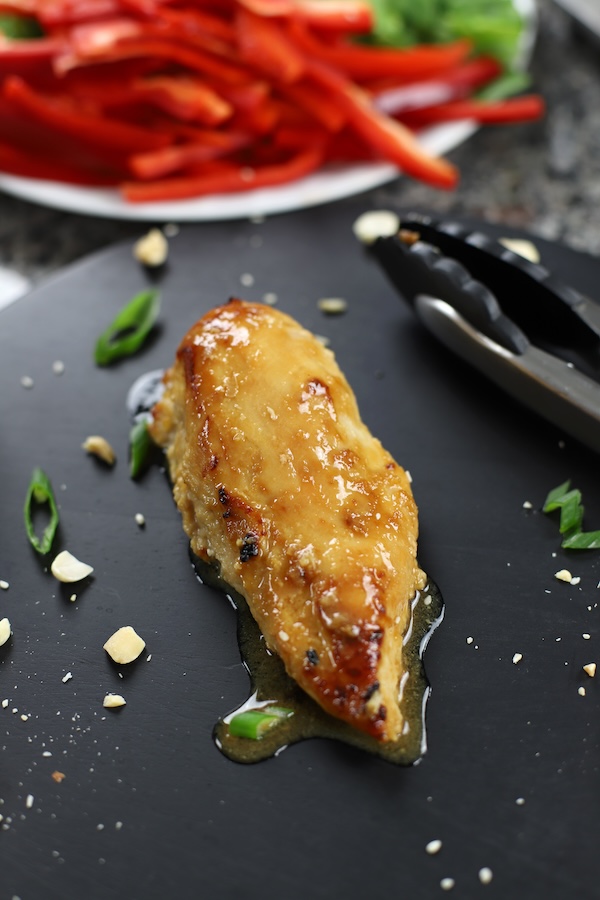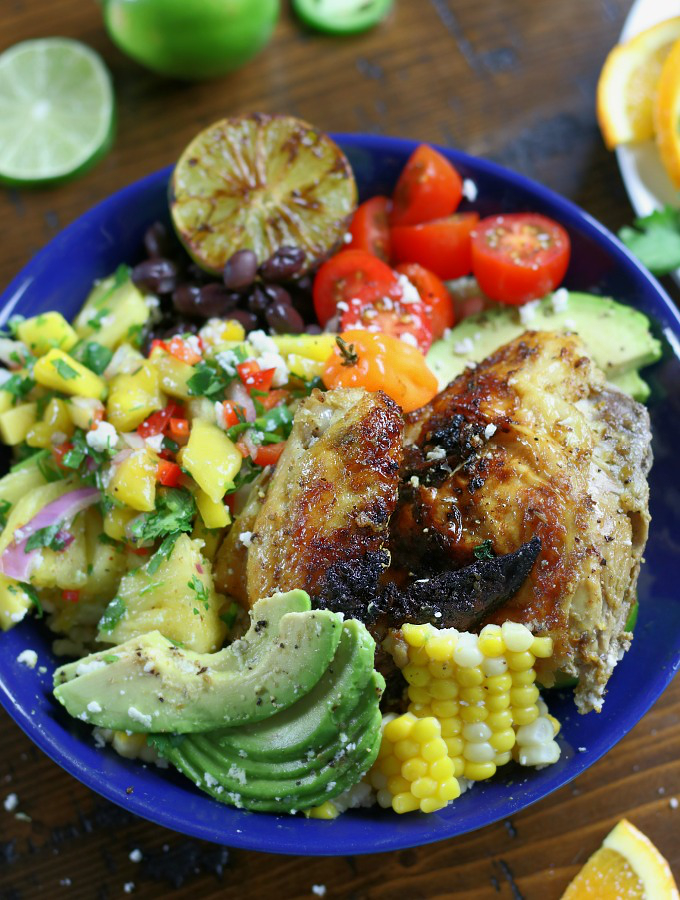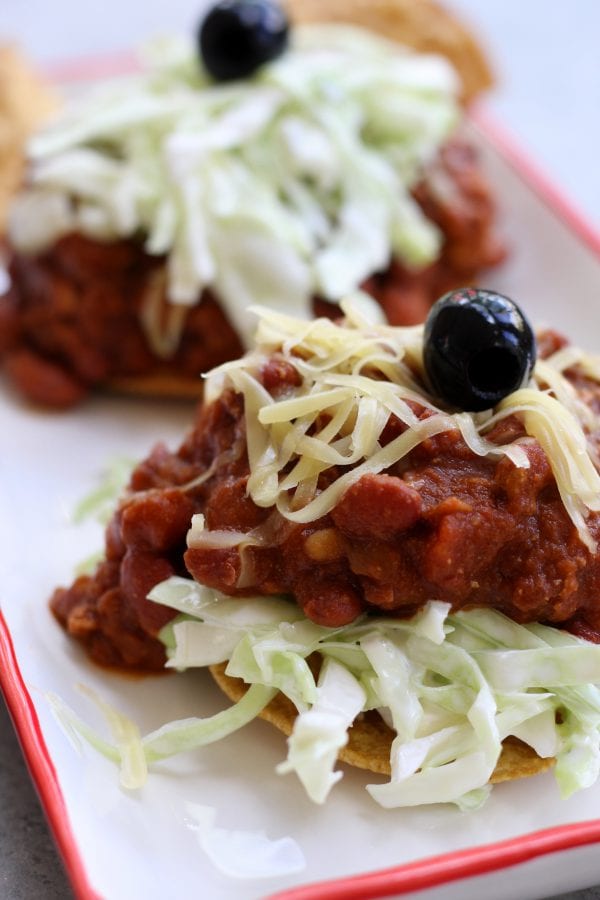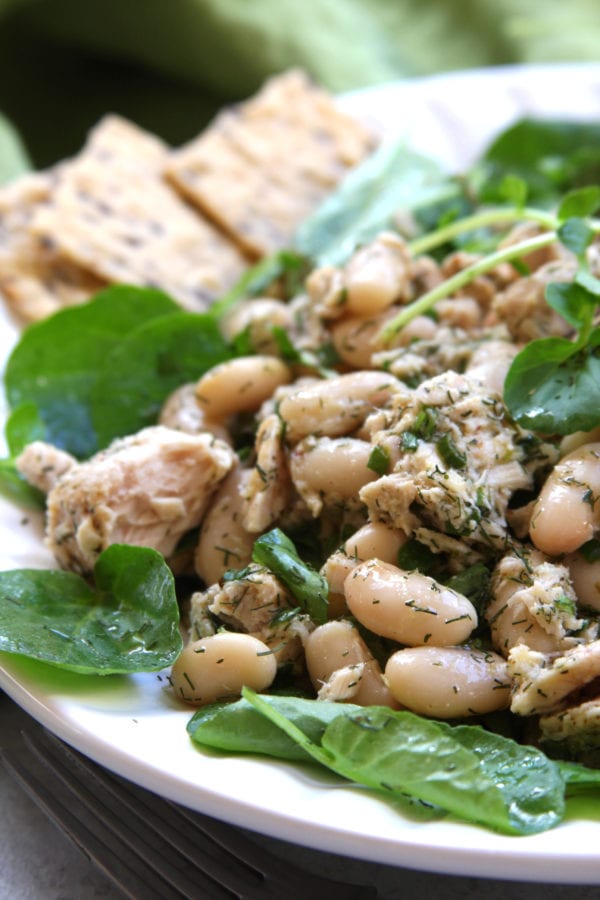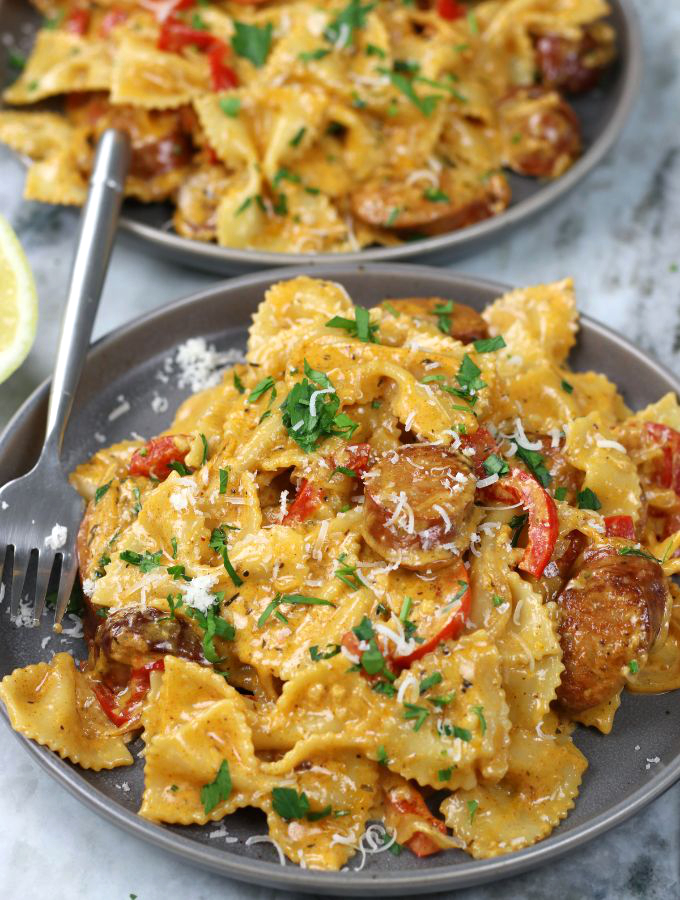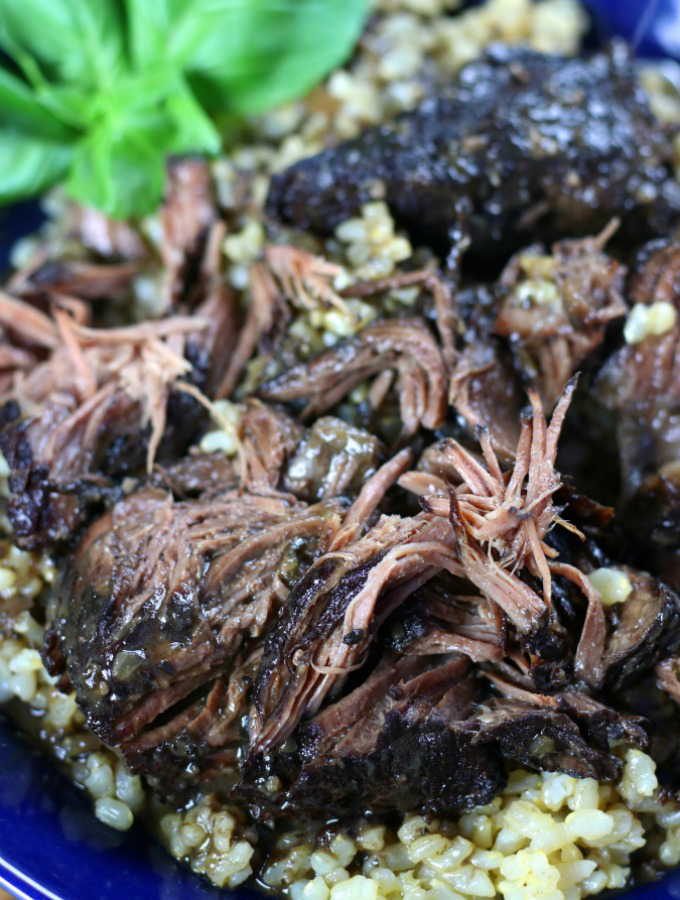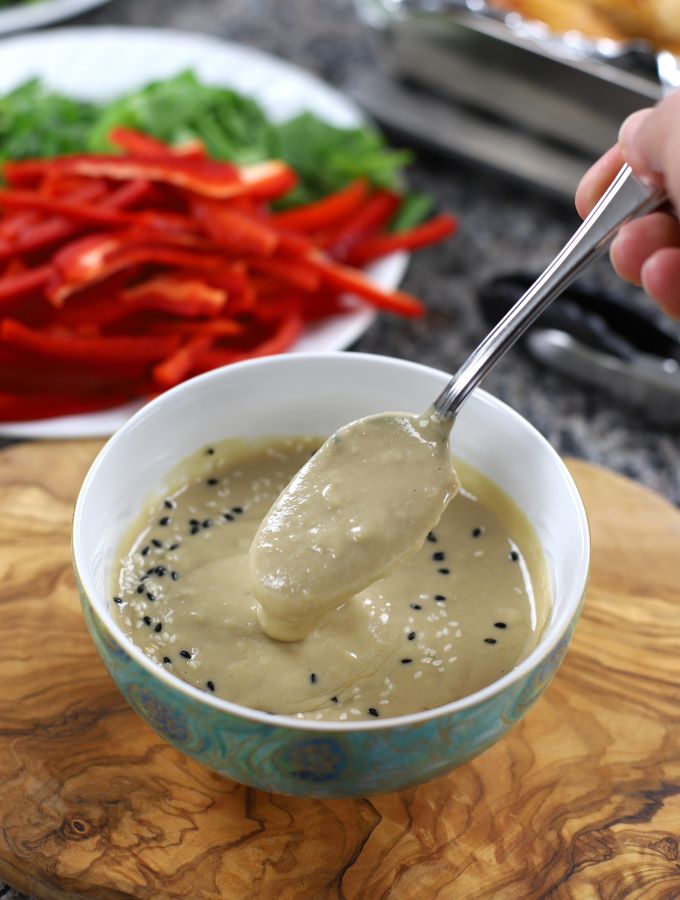Miso Chicken
Miso Chicken is a versatile main course, perfect for salads, wraps, or grain bowls. Marinated in a blend of white miso paste, honey, and garlic, it delivers a rich umami flavor profile with a hint of sweetness and nuttiness, whether baked or grilled.
This post may contain affiliate links which I earn a small portion in sales if a purchase is made. Rest assured though, it is never at any additional cost to you.
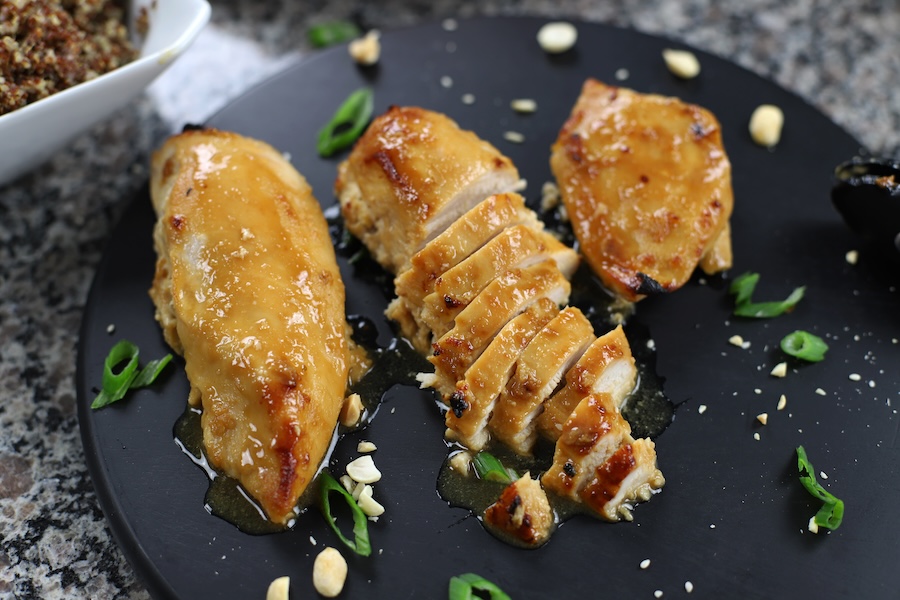
Miso: The Secret Ingredient for Unami Flavor
Miso, a cornerstone of Japanese cuisine, is a seasoned paste crafted through the fermentation of soybeans with salt and koji, a specialized fungus. Varieties of miso are born from this process, with ingredients like rice, barley, or other grains sometimes added for distinct flavor profiles. The main types include White Miso (Shiro Miso), Red Miso (Aka Miso), and Mixed Miso (Awase Miso), each offering unique nuances in taste and texture.
Yet, it’s the subtle sweetness and delicate flavor of white miso paste that truly transforms chicken dishes. Here’s how it works its culinary magic:
- Unami Boost– Miso is renowned for its rich umami flavor, often described as savory and complex. When applied to chicken, it enhances and deepens the overall taste profile, creating a more robust and satisfying dish.
- Tenderizing Agent– The enzymes present in miso work as a natural tenderizer for chicken meat. By marinating chicken in a miso-based sauce, it helps break down the proteins, resulting in a more tender and succulent texture.
- Caramelization– When miso is applied as a glaze and subjected to high heat during cooking, it caramelizes beautifully. This adds depth of flavor and textural contrast to the dish.
- Balancing Sweetness– White miso can provide a subtle sweetness that works well with chicken and the other savory ingredients within this recipe.
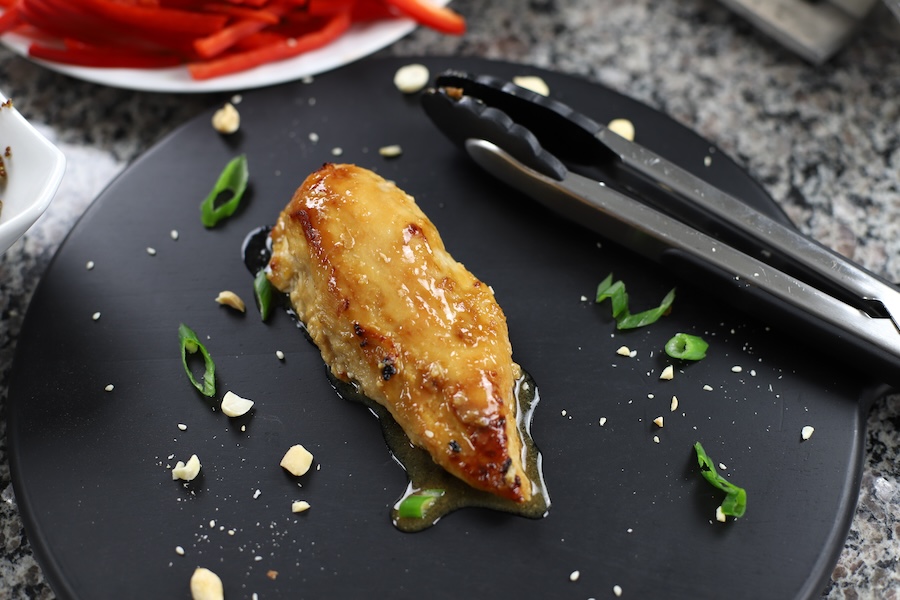
Ingredients Needed
- Chicken– This marinade works beautifully on chicken breasts, thighs or a whole chicken. However, the marination time varies depending on your choice of cut.
- White Miso Paste– This fermented soybean paste adds depth, umami richness, and a subtle sweetness to the dish. It serves as the primary flavoring agent and helps tenderize the chicken while infusing it with savory goodness.
- Soy Sauce– Enhances the savory flavor of the dish with its rich, salty taste. It also adds complexity and depth to the marinade, complementing the sweetness of the miso and honey. Note: For better control over sodium content, consider using low-sodium soy sauce.
- Rice Vinegar– Provides a delicate acidity that balances the sweetness of the honey and adds brightness to the dish. It helps to cut through the richness of the miso and chicken, offering a refreshing contrast.
- Toasted Sesame Oil– Provides a nutty aroma and depth of flavor to the marinade. It adds richness and complexity to the dish, tying all the flavors together and imparting a distinct Asian-inspired essence.
- Honey– Adds sweetness and helps create a caramelized glaze when cooked. It balances the saltiness of the soy sauce and the richness of the miso, creating a harmonious blend of flavors.
- Fresh Garlic– Contributes aromatic flavor and depth to the marinade. It adds complexity to the dish and enhances the overall savory profile, complementing the miso and soy sauce.
- Ground or Fresh Ginger– Adds warmth, brightness, and a subtle spiciness to the dish. Ginger pairs beautifully with the sweetness of the honey and the richness of the miso, enhancing the overall flavor profile.
How To Make
- Combine miso, soy sauce, vinegar, sesame oil, honey, garlic, and ginger in a bowl. Whisk until smooth.
- Coat chicken in the sauce, cover, and refrigerate for 30 minutes to 3 hours.
- Preheat oven to 400°F.
- Line a baking pan with foil and place chicken on it.
- Bake for 20-25 minutes, basting halfway.
- Broil for the last 3 minutes until caramelized.
- Let rest before serving.
Miso Marinade: Thighs vs Breasts vs Whole Chicken
When it comes to marinating chicken, the choice of cut can significantly impact the flavor and texture of the dish. Here’s a breakdown of how the miso marinade interacts with each option:
- Thighs– Chicken thighs, known for their juicy and tender texture, are perfect for absorbing the flavors of the miso marinade. They are the most versatile of the cuts of chicken, capable of being marinated for as little as 30 minutes or left to soak up the flavors for a full 24 hours.
- Breasts– Chicken breasts offer a leaner option with a milder flavor compared to thighs. When marinated in miso, the breasts absorb the savory notes of the marinade while retaining their tender texture. Due to their inherent tenderness, chicken breasts benefit from a shorter marination time, ideally between 30 minutes to 3 hours.
- Whole Chicken– Marinating a whole chicken in this miso marinade creates a show-stopping centerpiece for any meal. The miso penetrates the chicken’s skin and infuses the meat with its complex flavors during marination. This results in a tender and succulent chicken with a beautifully caramelized exterior, perfect for serving as the star attraction of a dinner gathering. For the best flavor infusion, marinate the chicken for at least 4 hours, though overnight marination is ideal.
Grilling Miso Chicken
Thigh Grilling Instructions
- Preheat your grill to medium-high heat.
- Remove the chicken thighs from the marinade, allowing any excess marinade to drip off.
- Place the chicken thighs on the grill and cook for about 6-8 minutes per side, or until they are cooked through and have grill marks, basting with any remaining marinade occasionally.
- Ensure the internal temperature of the chicken reaches 165°F (75°C) for safe consumption.
- Once cooked, remove the chicken thighs from the grill and let them rest for a few minutes before serving.
Chicken Breasts Grilling Instructions
- Preheat the grill to medium-high heat.
- Remove the chicken breasts from the marinade and pat them dry with paper towels.
- Place the chicken breasts on the grill and cook for approximately 6-7 minutes per side, or until they are cooked through and the internal temperature reaches 165°F (75°C), basting with any leftover marinade during the cooking process.
- Remember to adjust the cooking time depending on the thickness of the chicken breasts to ensure they cook evenly.
- Once cooked, remove the chicken breasts from the grill and let them rest for a few minutes before slicing and serving.
Whole Chicken Grilling Instructions
- Preheat your grill to medium-high heat, setting it up for indirect grilling.
- Remove the whole chicken from the marinade and pat it dry with paper towels.
- Truss the chicken (if desired) and place it on the grill over indirect heat.
- Close the grill lid and cook the chicken for about 1.5 to 2 hours, or until it reaches an internal temperature of 165°F (75°C), basting with the marinade occasionally and rotating the chicken halfway through the cooking time for even cooking and caramelization.
- If the chicken starts to brown too quickly, you can tent it with aluminum foil. (To tent means to loosely cover the chicken with aluminum foil during cooking. This method helps to retain moisture and prevent the exterior of the chicken from becoming too dark or dry while allowing it to cook evenly.)
- Once cooked, carefully remove the whole chicken from the grill and let it rest for 10-15 minutes before carving and serving.
Creative Ways to Enjoy Miso Chicken
- Asian Grain Bowls– Miso Chicken elevates the meal prep version of Asian Grain Bowls, featuring vibrant vegetables, hearty grains, and a luscious Miso Tahini Dressing.
- Lettuce Wraps– Fill lettuce leaves with shredded miso chicken, sliced cucumbers, shredded carrots, and chopped peanuts. Drizzle with Miso Tahini Dressing for extra amazing flavor.
- Chicken Tacos– Create an Asian-Latin fusion dish by using shredded miso chicken as taco filling, pairing it with your choice of toppings such as Mango Cucumber Salsa, guacamole, and lime.
- Ramen Noodles– Add sliced miso chicken to a bowl of homemade or store-bought ramen soup for a protein-packed twist on this classic dish. Garnish with green onions, soft-boiled eggs, and nori for extra flavor.
- Miso Chicken Sandwich– Layer sliced miso chicken on crusty bread with lettuce, tomato, and avocado for a satisfying sandwich. Add a spread of miso mayo or mustard for an extra kick.
- Chicken Skewers– Thread marinated miso chicken breast chunks onto skewers along with colorful vegetables like bell peppers, onions, and zucchini. Grill or broil until cooked through and serve as a fun and flavorful appetizer or main dish.
Frequently Asked Questions
What is miso?
Miso is a traditional Japanese ingredient crafted by fermenting soybeans, grains like rice or barley, salt, and a special mold called koji, which kickstarts the fermentation process. This mixture is then left to ferment for months or even years. The result is a thick paste with a salty, savory umami flavor that adds depth to soups, sauces, and marinades.
Who should not eat miso?
Miso is generally safe for most people to eat, but there are a few groups who should be cautious:
- People with Soy Allergies– Since miso is made from fermented soybeans, individuals with soy allergies should avoid it or consult their healthcare provider before consuming it.
- Those with Gluten Sensitivities– Some miso varieties contain grains like barley or wheat, which may pose a problem for individuals with gluten sensitivities or celiac disease. It’s essential to check the label or opt for gluten-free miso if this applies to you.
- Individuals on a Low-Sodium Diet– Miso is naturally salty, so those on a low-sodium diet should consume it in moderation or opt for low-sodium varieties.
Are there health benefits to eating miso?
Miso offers several potential benefits:
- Rich in Nutrients– Miso is packed with essential nutrients like protein, fiber, vitamins (such as B vitamins), and minerals (like iron, calcium, magnesium, and zinc).
- Probiotic Properties– Since miso is a fermented food, it contains beneficial bacteria that can promote gut health and digestion.
- May Lower Risk of Certain Diseases– Some studies suggest that consuming miso regularly may help lower the risk of certain diseases, such as heart disease, certain types of cancer, and even reduce the risk of stroke.
- Boosts Immune System– The fermentation process of miso enhances its immune-boosting properties, potentially helping to ward off illnesses and infections.
- Bone Health– Miso is a good source of vitamin K, which is essential for bone health and may help reduce the risk of osteoporosis.
Why use Miso in marinades?
Miso in marinades not only elevates flavor and tenderness but also locks in moisture, delivers a balanced seasoning, and offers versatility for culinary creativity.
How long does miso paste last once opened?
Once opened, miso paste typically lasts for several months to a year when stored properly in the refrigerator. It’s best to check the label for any specific instructions, but generally, sealing it tightly and keeping it refrigerated will help prolong its freshness.
Can maple syrup be substituted for the honey?
Absolutely! While maple syrup has a distinct flavor compared to honey, it can still be used as a tasty substitute in miso chicken recipes. Its unique sweetness adds a delightful twist to the dish, so feel free to give it a try and adjust according to your taste preferences!

Miso Chicken
Ingredients
- 4 chicken breasts *boneless skinless, about 2 pounds, See Note #1 below for thighs and whole chicken instructions
- 1/4 cup white miso paste
- 2 tablespoons soy sauce *low sodium if needed
- 2 tablespoons rice vinegar
- 2 tablespoons honey
- 1 tablespoon crushed garlic *about 3-4 medium cloves of garlic
- 1/4 teaspoon ground ginger *about 1 tablespoon fresh grated
- sliced green onions or sesame seeds as garnish *optional
Instructions
Marinade
- In a large mixing bowl combine miso, soy sauce, vinegar, sesame oil, honey, garlic and ginger. Whisk until the ingredients are well combined and you have a relatively smooth sauce.
- Toss the chicken in the sauce using tongs until it's evenly coated. Cover with plastic wrap, place in refrigerator and marinate for 30 minutes or up to 3 hours.
Cooking Instructions
- Preheat oven to 400℉ .
- Line a baking pan with aluminum foil and place chicken on prepared pan.
- Bake for 20-25 minutes or until internal temperature of 165℉, basting halfway through with pan juices.
- During the last 3 minutes, switch the oven to broil and cook until desired caramelization is achieved.
- Remove from oven and let rest for a few minutes before serving.
Video
Notes
Miso Chicken Thighs Instructions
- Combine marinade ingredients and coat 2 pounds of chicken thighs. Marinate for at least 30 minutes, or up to 24 hours for optimal flavor.
- Preheat oven to 400℉ (about 204°C).
-
Line a baking pan with aluminum foil.
- Arrange marinated chicken thighs on the prepared pan.
-
Bake for 18-23 minutes, basting halfway through with pan juices. Ensure the internal temperature reaches 165°F (about 74°C).
-
During the last 3 minutes, switch the oven to broil and cook until desired caramelization is achieved.
-
Remove from oven and let rest for a few minutes before serving.
Whole Miso Chicken Instructions
- Double the marinade ingredients and combine, whisking together until smooth.
- Place the whole chicken in a large resealable bag or a deep dish.
- Pour the marinade over the chicken, ensuring it is evenly coated. Cover or seal the container and refrigerate for at least 4 hours or overnight, turning occasionally to ensure even marination.
- Preheat oven to 350℉.
- Remove the chicken from the marinade and discard any excess marinade.
- Place the chicken on a roasting rack in a roasting pan or on a lined baking tray.
- Bake the whole chicken for about 1 hour to 1 hour and 15 minutes, or until the internal temperature reaches 165°F (about 74°C) when measured in the thickest part of the chicken.
- During the last few minutes of cooking, switch the oven to broil and cook until desired caramelization is achieved.
- Once cooked, remove the chicken from the oven and let it rest for about 10-15 minutes before carving and serving.
Grilling Instructions
Thigh Grilling Instructions
- Preheat your grill to medium-high heat.
- Remove the chicken thighs from the marinade, allowing any excess marinade to drip off.
- Place the chicken thighs on the grill and cook for about 6-8 minutes per side, or until they are cooked through and have grill marks, basting with any remaining marinade occasionally.
- Ensure the internal temperature of the chicken reaches 165°F (75°C) for safe consumption.
- Once cooked, remove the chicken thighs from the grill and let them rest for a few minutes before serving.
Chicken Breasts Grilling Instructions
- Preheat the grill to medium-high heat.
- Remove the chicken breasts from the marinade and pat them dry with paper towels.
- Place the chicken breasts on the grill and cook for approximately 6-7 minutes per side, or until they are cooked through and the internal temperature reaches 165°F (75°C), basting with any leftover marinade during the cooking process.
- Remember to adjust the cooking time depending on the thickness of the chicken breasts to ensure they cook evenly.
- Once cooked, remove the chicken breasts from the grill and let them rest for a few minutes before slicing and serving.
Whole Chicken Grilling Instructions
- Preheat grill to medium-high heat, setting it up for indirect grilling.
- Remove the whole chicken from the marinade and pat it dry with paper towels.
- Truss the chicken (if desired) and place it on the grill over indirect heat.
- Close the grill lid and cook the chicken for about 1.5 to 2 hours, or until it reaches an internal temperature of 165°F (75°C), basting with the marinade occasionally and rotating the chicken halfway through the cooking time for even cooking and caramelization.
- If the chicken starts to brown too quickly, you can tent it with aluminum foil. (To tent means to loosely cover the chicken with aluminum foil during cooking. This method helps to retain moisture and prevent the exterior of the chicken from becoming too dark or dry while allowing it to cook evenly.)
- Once cooked, carefully remove the whole chicken from the grill and let it rest for 10-15 minutes before carving and serving.

